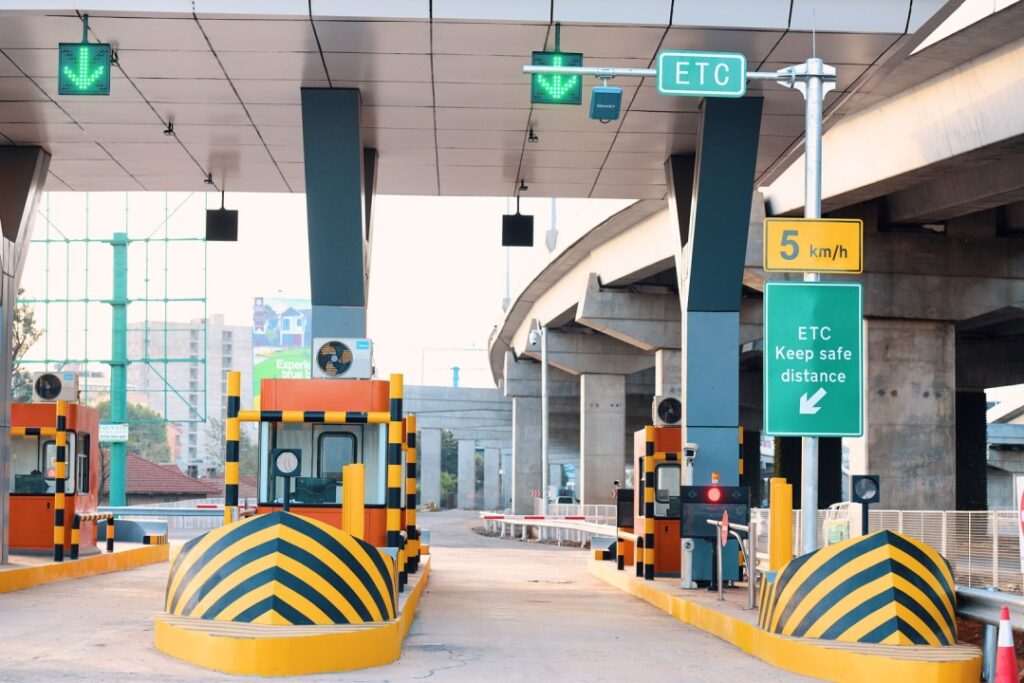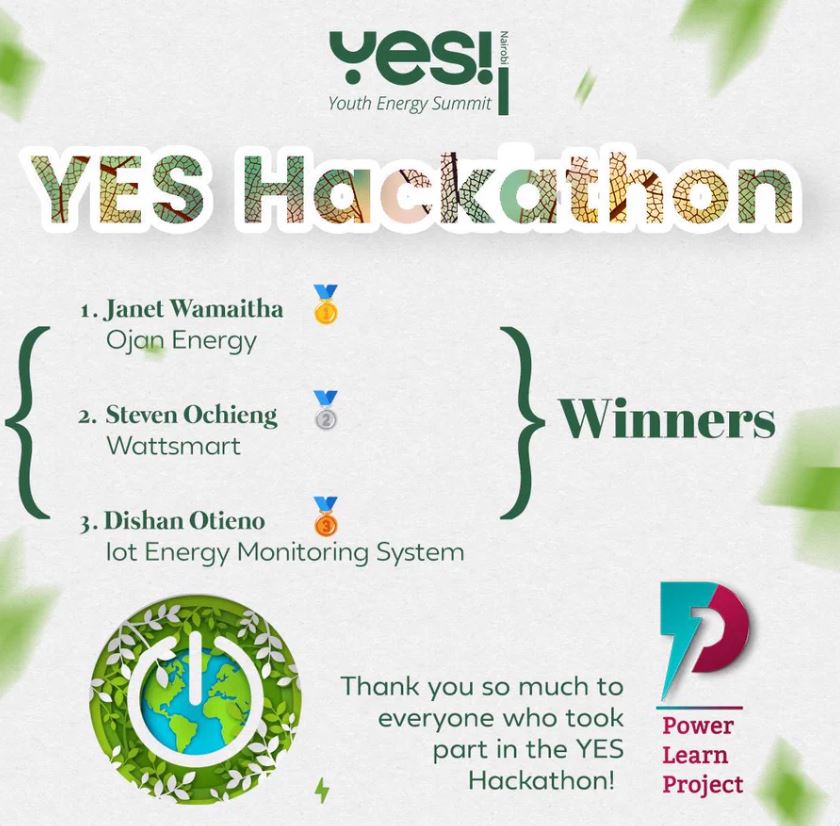Grace Waithera: Debunking PPPs: Unlocking Africa’s Potential through Public-Private Partnerships

Article by Grace Waithera King’ori F.Eng, CFA. Connect with Grace
Financial Engineer | WALLSTREET | Financial Risk Management | Investment banking | AI | Blockchain Technology | Stock markets | Real estate
What are PPPs?
Every government’s role is to make the country a better place. This may involve building better roads, railways, airports, healthcare facilities, energy projects, housing projects, water and sanitation, and waste management facilities.

However, in most cases particularly in Africa, governments may not have the money, resources, or expertise to develop these projects. So the government gets into a collaborative model with a private company whose expertise is in that field, and they fund the project or apply their resources and knowledge until the project is complete.
PPPs are therefore a mechanism for governments to procure and implement public infrastructure and/or services using the resources and expertise of the private sector. A partnership with the private sector can help foster new solutions and bring finance to a country’s projects. For governments pursuing public-private partnerships, capitalizing on the risk management capabilities of the private sector could be a more effective and efficient approach.
Public-private partnerships (PPPs) have evolved significantly in recent years, transitioning from traditional models to more innovative approaches. PPP projects often stress the importance of allocating risks to the party best equipped to handle them, ultimately enhancing the resilience of the project. Successful PPPs focus not only on short-term gains but also on long-term value creation for all stakeholders involved. This entails carefully balancing the interests of governments, private sector partners, and communities. Effective governance and transparency are highlighted as crucial elements in ensuring the success and sustainability of PPPs, fostering trust among stakeholders, and mitigating potential risks.
TYPES OF PPPs
- Build-Operate-Transfer (BOT)
Essentially in BOT arrangements, the private party will develop the project and then they will operate (but not own) the project for a specified period, until they have recovered the funds they used for the project and made a profit as well. BOT projects involve private entities financing, designing, building, and operating public infrastructure assets or facilities for a specified period, after which ownership is transferred back to the government. The private partner typically recoups its investment and earns revenue through user fees, such as tolls or usage charges, during the operational phase. BOT arrangements are common for large-scale infrastructure projects with long asset lifecycles, such as highways, airports, and power plants.
- Build-Own-Operate (BOO):
Similar to BOT, BOO projects involve private entities financing, designing, and building public infrastructure assets, but unlike BOT, the private partner retains ownership and operates the asset for an extended period. The government may lease the asset from the private partner under a long-term agreement or purchase the asset at the end of the concession period. BOO arrangements are often used for projects with revenue-generating potential, such as water treatment plants or renewable energy facilities.

- Build-Transfer (BT):
Build-Transfer projects involve private entities financing and constructing public infrastructure assets, after which ownership is transferred to the government upon completion. Unlike BOT projects, the private partner does not operate the asset but instead hands it over to the government once construction is finished. BT arrangements are typically used for projects where ongoing operation and maintenance are the responsibility of the government or a separate entity. In Build-Transfer (BT) projects, a private party typically makes money through a combination of upfront payments, periodic payments during the construction phase, and potential revenue streams after transferring the completed project to the client.
- Build-Lease-Transfer (BLT):
BLT projects involve private entities financing, designing, and building public infrastructure assets, which are then leased to the government for a specified period. At the end of the lease term, ownership of the asset is transferred to the government. BLT arrangements provide governments with access to infrastructure without requiring upfront capital investment and allow private partners to earn revenue through lease payments.
Let us explore some of the successful PPPs that have been done in Africa.
Kenya
The famous Standard Gauge Railway (SGR), linking Nairobi and Mombasa, stands as a remarkable achievement in the realm of Public-Private Partnerships (PPPs). The construction of the SGR was a PPP project between the Kenya Railways Corporation and the private sector China Road and Bridge Corporation (CRBC) By improving transportation efficiency, reducing travel time, and catalyzing economic growth, the SGR exemplifies the transformative potential when the public sector (Kenya Railways Corporation) collaborates with the private sector (China Road and Bridge Corporation) to develop critical infrastructure.

South Africa
The Gautrain project is a successful PPP initiative that established a high-speed rail network connecting Johannesburg, Pretoria, and the OR Tambo International Airport. The project, completed in 2012, involved private sector investment in constructing, operating, and maintaining the rail infrastructure under a concession agreement with the South African government. The main civil contractor was Murray & Roberts Cementation. The Gautrain has significantly reduced travel time between the economic hubs of Johannesburg and Pretoria, easing congestion on the roads and improving connectivity in the region.

Nigeria
The Azura-Edo Independent Power Plant is a landmark PPP project in Nigeria, aimed at increasing the country’s power generation capacity and addressing chronic electricity shortages. The project, developed by Azura Power Holdings in partnership with the Nigerian government and private investors, involved the construction of a 459 MW gas-fired power plant near Benin City, Edo State. Completed in 2018, the Azura-Edo plant has enhanced Nigeria’s energy infrastructure, providing reliable electricity to millions of households and businesses in the region.

Rwanda
The Kigali Bulk Water Supply Project is a successful PPP initiative that improved access to clean and reliable water in Rwanda’s capital city, Kigali. The project, completed in 2020, involved the construction of water treatment plants, transmission pipelines, and distribution networks to increase the city’s water supply capacity.

Implemented through a PPP arrangement between the Government of Rwanda, the African Development Bank Group, and private sector partners, the project has enhanced water security and quality of life for residents of Kigali, supporting economic growth and urban development in the region.
These few examples demonstrate the potential of PPPs to address critical infrastructure challenges, drive economic development, and improve the quality of life across Africa through collaboration between governments and the private sector.
BENEFITS OF PPPs
1. Mobilization of Private Capital
Governments’ limited financial capacity coupled with the ever-increasing need to find sufficient funds, drive the desire to mobilize private sector capital for infrastructure development. Structured correctly, PPPs may mobilize untapped resources from local, regional, or international private sectors, thus profiting from their capacity and experience in managing business.
2. Risk Mitigation
Allocating risks in the context of PPPs means deciding which party of the PPP will bear the cost (reap the benefit) of change in project outcomes arising from risk factors. In a PPP structure, therefore, it is key to create incentives for the parties to manage risk well, and thereby improve project benefits or reduce costs.
3. Higher Efficiency
The efficient use of scarce resources is a critical challenge for governments. Private sector operators enter into an investment or contracting opportunity to maximize profits through increased efficiency in investment and operations. Improving the efficiency of PPP projects also increases the chances that the services are economically sustainable and are provided at affordable rates.
4. Broader Sector Reforms
Governments use PPPs to drive sector reform commitments. Implementing PPPs often requires concrete reform steps like new laws and regulatory policies. In Kenya for example, there is a law that the maximum concession period for a PPP project is 30 years, according to Christopher Kirigua, MBS, the Director General of the Public-Private Partnerships (PPP) at the National Treasury and Economic Planning in Kenya.
While PPPs have demonstrated numerous benefits in addressing infrastructure needs and fostering development, they are not without their drawbacks.
CHALLENGES FACING PPPs
- Financial constraints due to limited budgetary resources of governments.
- Capability issues of governments in implementing large-scale, complex, and technologically challenging projects.
- Time overruns due to bureaucratic hurdles and delays in approvals, sometimes because there is a lack of incentive for completion of the projects.
- Cost overruns due to poor project planning and oversight, as well as lack of accountability.
In conclusion, while acknowledging the drawbacks and challenges associated with PPPs, it is evident that these partnerships play a crucial role in driving growth and development in Africa. By leveraging the expertise, resources, and innovation of both the public and private sectors, PPPs have the potential to address critical infrastructure gaps, spur economic activity, and improve the quality of life for millions of people across the continent.
Moving forward, there is a pressing need for more PPPs to be initiated, scaled, and sustained, with careful consideration given to effective risk management, transparent governance structures, and equitable distribution of benefits. With the right policies, frameworks, and collaborative efforts in place, PPPs can continue to be powerful tools for advancing Africa’s development agenda and unlocking its full potential in the years to come.






Responses